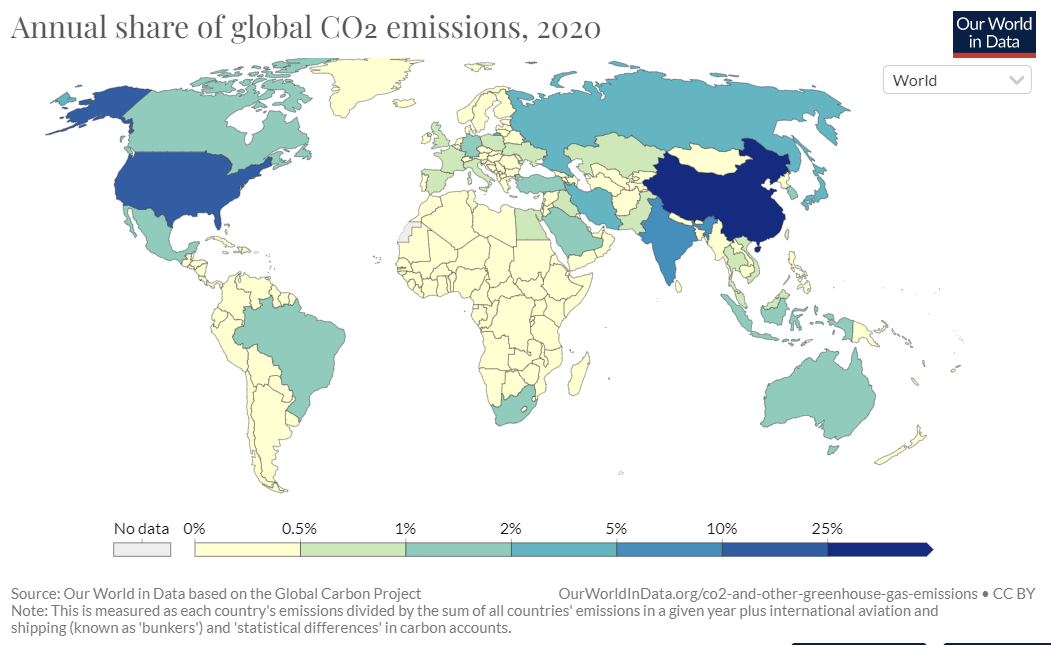Overview
Energy use and its associated carbon impact is a global issue that must be addressed by all countries. Depletion of fossil fuel resources accelerates as developing nations gain economic stability, and this additional demand is expected to continue to raise global energy prices. The Energy Information Administration estimates that peak oil production may occur in the next few decades, and then decline, intensifying international competition for remaining energy supplies.1
As the earth’s population grows, energy consumption and associated emissions may continue to rise. Higher concentrations of carbon dioxide (CO2) and other greenhouse gases (GHGs) in the earth’s atmosphere, such as methane and nitrous oxide, intensify the greenhouse effect, which causes global temperatures to warm and contributes to climate change. The effects of climate change include altered precipitation patterns and increased frequency of extreme weather events; increases in ocean temperatures, sea level, and acidity; and melting glaciers and sea ice. Climate change may influence agricultural growing seasons and crop yields; affect human health; cause changes to forests, ecosystems, and species; intensify and increase the frequency of storm events; and impact global water and energy supplies.
Some countries and regions account for a larger portion of total carbon emissions than others. Carbon emissions are more directly tied to a country’s population, patterns of development, environmental regulations, and fuel production sources than to its total land area.
Data collected by the Intergovernmental Panel on Climate Change (IPPC) indicates that the United States, Asia, and Europe are the largest contributors to global carbon emissions. In 2015, all countries signed onto the UN Paris Agreement, a negotiated treaty to hold global temperature increases to less than 1.5° C. Therefore, implementation strategies included in the Energy chapter offer opportunities for sites globally to demonstrate contributions towards government commitment, as well as increasing the energy efficiency, while reducing operating costs.
Figure 1: Annual Share of Global CO2 Emissions, 2020


